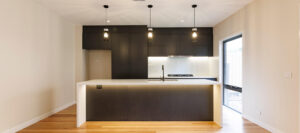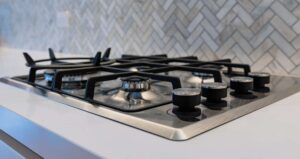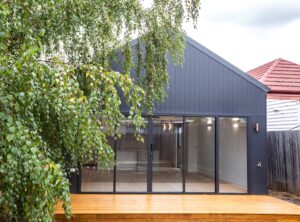
Are you interested in making your home energy-efficient, convenient, and secure? With the rise of the Internet of Things (IoT), smart homes are now a reality in Victoria, Australia, in 2023. In this post, we’ll take a closer look at the benefits, potential issues, and costs associated with smart homes in Victoria.
Benefits of Smart Homes
Smart homes are designed to optimize energy consumption, convenience, and security through advanced technology. Here are some of the benefits of smart homes in Victoria:
- Energy Efficiency: Smart homes use technology to optimize energy consumption, reducing the amount of energy wasted and lowering energy bills.
- Convenience: With remote control over various systems in the home, smart homes offer a high level of convenience for homeowners. Control heating and cooling systems, lighting, and doors from your smartphone or tablet.
- Security: Smart homes provide increased security, with the ability to monitor and control security systems remotely, including cameras, door locks, and alarm systems.
- Improved Quality of Life: Smart homes can improve the quality of life for homeowners, with features such as voice-activated assistants, music systems, and home theaters.
Potential Issues with Smart Homes
While smart homes offer numerous benefits, there are some potential issues to consider:
- Privacy: Smart homes collect a lot of data, which can raise concerns about privacy. Homeowners should be aware of the data that is being collected and how it is being used.
- Compatibility: Smart home technology can be complex, and different systems may not be compatible with each other, making it challenging to integrate all systems into a single control interface.
- Dependence on Technology: Smart homes rely heavily on technology, which can be vulnerable to malfunctions or hacking, leading to inconvenience or security risks for homeowners.
Costs of Smart Homes
The costs of installing a smart home system can vary depending on the features and technology used. Here are some costs to consider:
- Equipment: Smart home equipment can include sensors, cameras, thermostats, lighting systems, and voice-activated assistants. These can range in price from a few hundred dollars to several thousand dollars.
- Installation: Installing a smart home system can be complex, and homeowners may need to hire a professional to install and set up the equipment, adding to the overall cost.
- Subscription Fees: Some smart home systems require ongoing subscription fees for access to certain features or services.
Conclusion
Smart homes offer many benefits for homeowners in Victoria, Australia, in 2023. They provide energy efficiency, convenience, security, and improved quality of life. However, homeowners should also consider the potential issues of privacy, compatibility, and dependence on technology. Additionally, the costs of installing and maintaining a smart home system can be significant. By weighing the benefits and costs carefully, homeowners can make an informed decision about whether a smart home is right for them.










